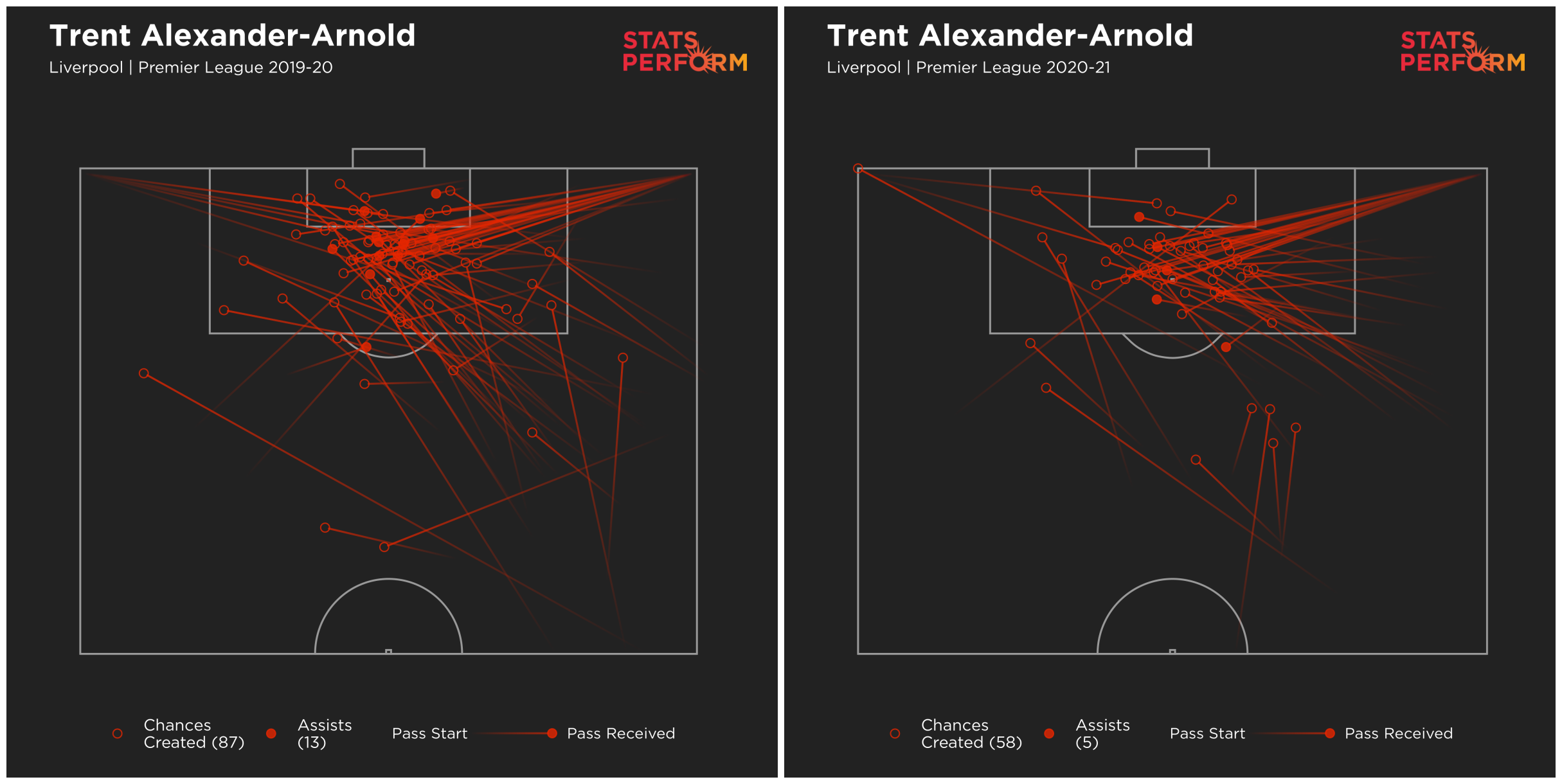Trent Alexander-Arnold conceded he struggled in the midfield experiment with England against Andorra on Sunday.
The Liverpool star has been a key asset for Jurgen Klopp at right-back, who allows Alexander-Arnold and left-back Andrew Robertson licence to attack.
However, with Reece James, Kieran Trippier and Kyle Walker offering Gareth Southgate a wealth of depth at right-back, England opted to move Alexander-Arnold, who has registered 40 assists in all competitions since the start of 2018-19.
The 22-year-old recorded an 81 per cent passing accuracy in the first half, which increased to 87.1 per cent at the end of the game after a second-half change back to the right flank.
He also produced a game-high six crosses and two key passes – only bettered by Jude Bellingham (three) – but was uneasy when asked to reflect on his performance.
"It's a new role for me, a bit different, I think there's been a lot of questions being asked whether I can or cannot play in there and a lot of opinions being voiced over the last few weeks," Alexander-Arnold said to talkSPORT.
"It was an experiment the manager wanted to try out, but it was difficult to get on the ball for me, I found it a lot more difficult to get on the ball in those spaces.
"But whether I'm starting in there or starting [at] right-back I think naturally I just find myself drifting into midfield, getting the ball and affecting the game."

Since his debut in October 2016, Alexander-Arnold has created two chances per 90 minutes across all competitions for Liverpool.
Given he also averages 76.95 passing accuracy in that time frame, his self-assessment of the performance against Andorra perhaps seems harsh.
Those numbers increase minimally to 2.45 chances created per 90 minutes and 77.58 accuracy since his standout season in 2019-20 but the Liverpool academy graduate remained frank in his opinions of his first international midfield outing.
"The only difference was I was starting in there [in midfield] and it was a bit more difficult to really find the space that I wanted to," he continued.
"The second half we changed the system a little bit and I was able to find a lot more space and get time on the ball and get in positions that were fairly similar to playing in midfield anyway."




















